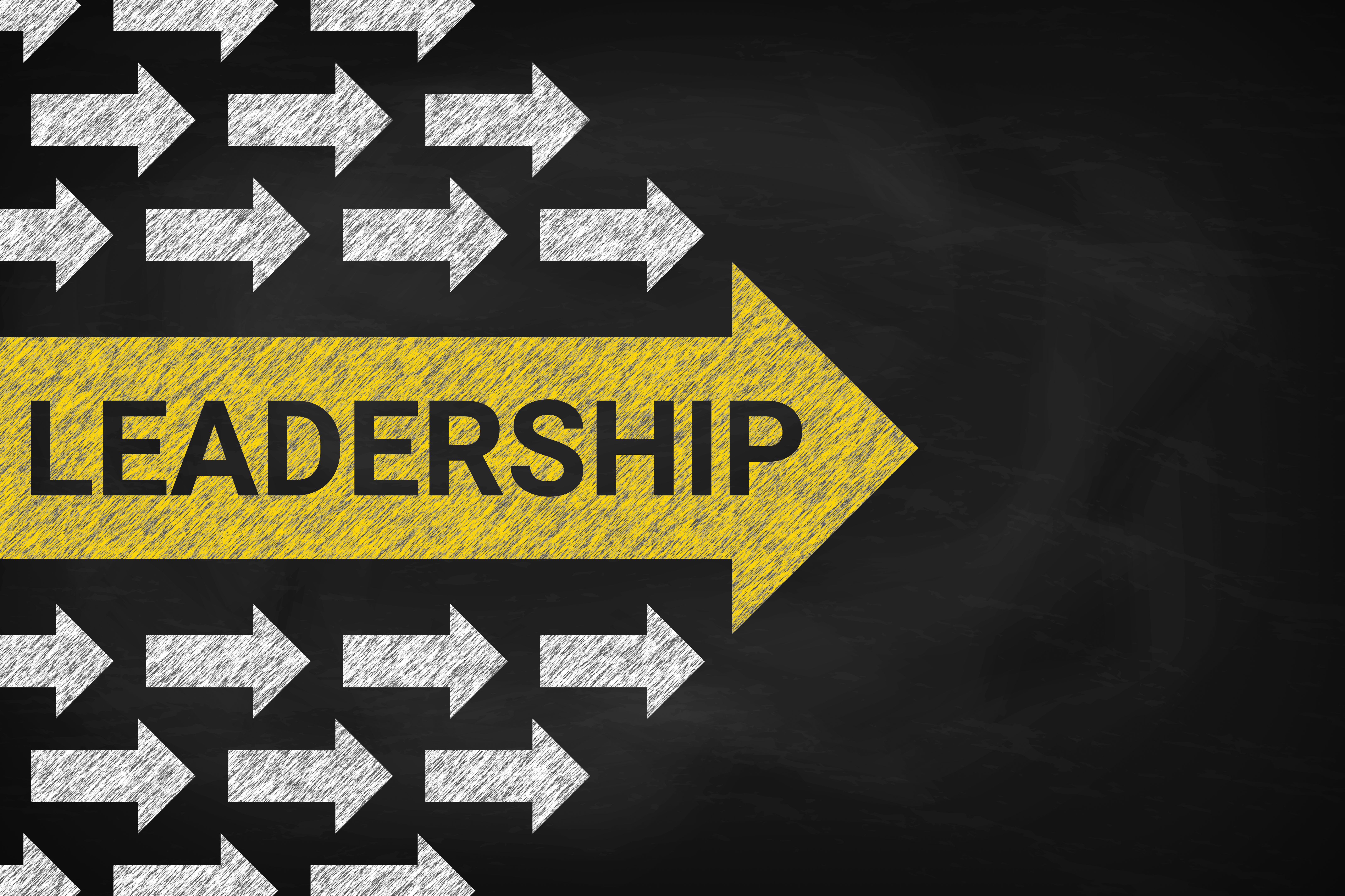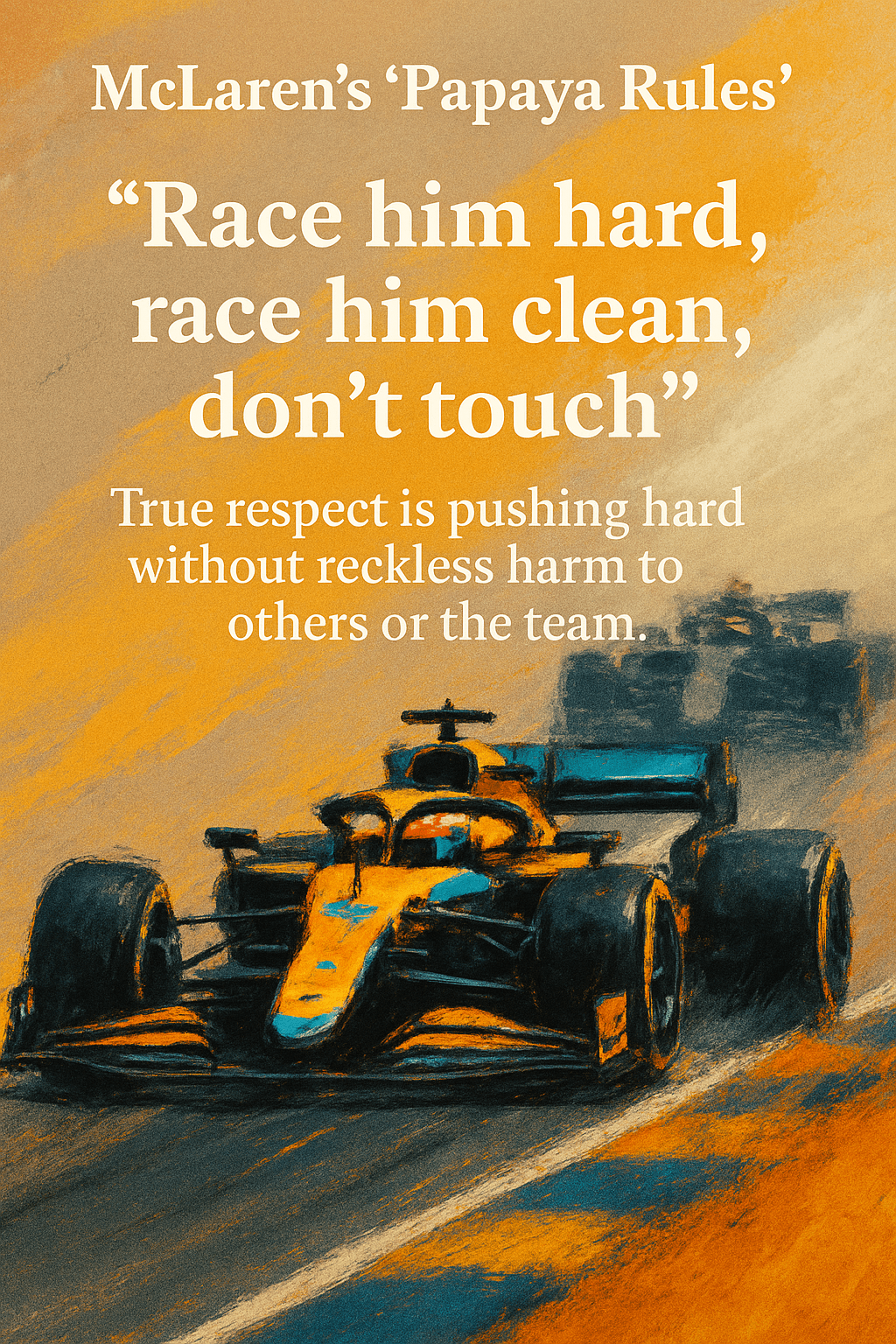Racing Towards Success: Lessons from McLaren's Papaya Rules in Team Dynamics
Understanding the Essence of Team Dynamics
In the high-octane world of Formula 1, success is often measured in milliseconds. But beyond the technical prowess and engineering marvels, lies a core element that fuels these racing giants: team dynamics. McLaren Racing, with its iconic papaya orange livery, has long been a symbol of innovation and success on the track. Their approach to team dynamics offers valuable lessons for any organization aiming to accelerate towards success.
Team dynamics, simply put, refers to the psychological forces influencing a team's behavior and performance. It encompasses everything from communication and collaboration to leadership and conflict resolution. For McLaren, understanding and mastering these dynamics has been instrumental in maintaining their competitive edge.
The Papaya Philosophy: Fostering Unity
McLaren's "Papaya Rules," as they are fondly known, emphasize unity and collaboration. The team recognizes that individual talents must be harnessed collectively to achieve greatness. This philosophy is not just about working together but creating an environment where every team member feels valued and empowered to contribute their best.
An effective team dynamic involves clear communication channels where ideas can flow freely. McLaren ensures that feedback loops are constant, allowing for real-time adjustments and improvements. This approach not only enhances performance but also builds trust among team members.

Leadership: Steering the Team in the Right Direction
A crucial aspect of McLaren's success is their leadership strategy. The team leaders are not just figureheads but active participants who inspire and motivate. They lead by example, setting the tone for the rest of the team. Effective leaders at McLaren focus on aligning individual goals with the team's objectives, ensuring everyone is working towards a common purpose.
Leaders also play a significant role in conflict resolution. In any high-pressure environment, disagreements are inevitable. However, McLaren's approach is to address conflicts head-on, fostering a culture of open dialogue and mutual respect.

Innovation Through Collaboration
Innovation is at the heart of McLaren's operations. The team's ability to innovate comes from a culture that encourages experimentation and risk-taking. By fostering an environment where creative solutions are celebrated, McLaren continuously pushes the boundaries of what's possible on the racetrack.
This commitment to innovation is supported by collaboration across different departments. Engineers, designers, and drivers work together seamlessly, each bringing their expertise to the table. This collaborative spirit ensures that McLaren remains at the forefront of technological advancements in Formula 1.
Lessons Beyond the Racetrack
The principles that drive McLaren's success on the track can be applied to any industry. By prioritizing effective team dynamics, organizations can enhance productivity, foster innovation, and achieve remarkable results. The key lies in understanding that people are the most valuable asset of any organization.
Creating a culture of trust, empowering leadership, and embracing collaboration are essential steps towards building a successful team. Whether in a corporate setting or a racing pit lane, these elements remain fundamental to achieving organizational goals.

Conclusion: The Road Ahead
As McLaren continues to race towards new milestones, their commitment to excellence in team dynamics serves as an inspiration for others. By adopting their strategies and principles, organizations can navigate challenges with agility and precision, much like a Formula 1 car maneuvering through a high-speed circuit.
Ultimately, racing towards success is not just about crossing the finish line first; it's about creating a legacy of excellence through strong team dynamics. The lessons from McLaren's papaya rules provide a roadmap for any team striving to achieve greatness in their respective fields.
---
Insights from Anwer Qureishi, Thought Leader & Entrepreneur
Ready to accelerate growth? Schedule a Consultation with Anwer Qureishi, Founder, Q&S International (ThinkQSi).
